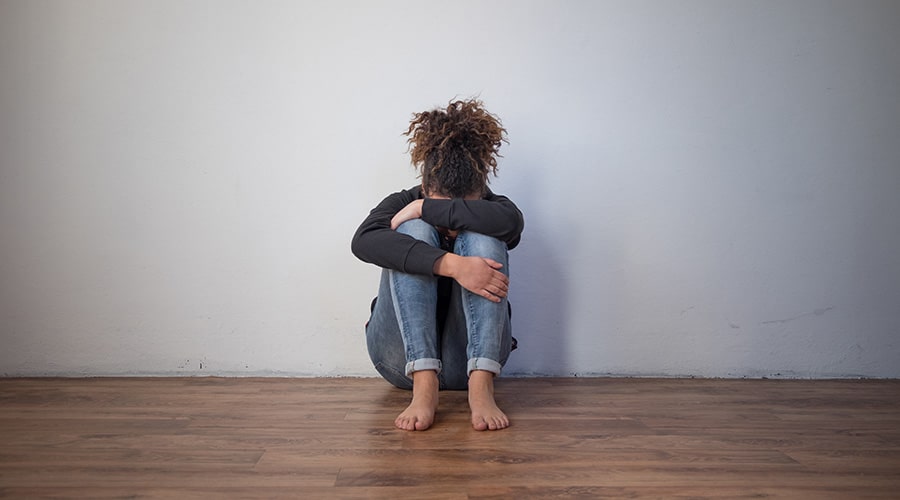
Keeping patients safe from COVID-19 in long-term care facilities
John is a resident in a rest home of about 60 people. He has a history of schizophrenia and syncope. One day, he suffers a fainting spell and is transported to a local hospital where he is cleared medically and tested for COVID-19. Although unrelated to his syncope, John tests positive.
But because the hospital is already overwhelmed and John is asymptomatic, he is returned to the rest home where he shares a small room with four other residents. These patients share drinks and cigarettes. The staff has requested patients practice social distancing, wash their hands, and use sanitizers, but because this is a population with mental illness many residents do not understand the severity of this crisis or are noncompliant.
Although patients are told not to leave the building, there are convenience stores and coffee shops down the street and patients leave the residence to buy cigarettes or coffee. There is one dining room where all residents eat. The patient rooms are all full with no available space for isolation of positive patients.
There is no supply of masks or easily available sanitizer. The staff consists of 2 responsible persons who pass out medications and make medical appointments, an administrator, a housekeeping crew, and a small kitchen staff who cook and prepare meals. Some visiting nurses come in to provide procedures including dressing changes and showers. A psychiatrist and two counselors visit weekly.
Patients start coming down with symptoms (several spike fevers, coughing.) The whole building is now assumed to be preemptively positive. This leads to involvement of the local public health department and the National Guard, which comes in and tests symptomatic patients. Ten patients test positive, and within days the building is in lock down. Six of these patients are hospitalized, two on ventilators in the ICU. Staff are sick and staying home, leaving just a few available professionals to hold down the fort.
Supplies such as masks and gowns are promised by local officials but have not arrived. “What I need is staff,” says the administrator. “Who is going to take care of these people?”
Another facility across town, a nursing home, has yet to record a positive case. But it is challenging to manage patients, especially in the dementia unit. Many patients are wanderers and hoarders who touch objects and other people as they move throughout the unit. They lack the cognitive ability to understand the current situation. They’re also frustrated by the lack of family visitation. Meanwhile, staff try to keep families updated but every phone call takes them away from caring for patients. There are no wall hand sanitizers on the walls of this unit, as patients could be harmed by ingesting it.
Keeping patients apart by social distancing is difficult due to space limitations. When redirected, patients can become agitated, requiring staff intervention. Meanwhile, staff continues to give care, bathe, pass medications, and document. Tasks take longer as they are wearing gloves. masks, and other protective equipment that needs changing. They do all this knowing that one positive person can potentially infect the entire unit, not to mention themselves and their families. Yet they are there to serve and aid their fellow human beings in an almost impossible task under conditions of very high anxiety and stress.
Much focus has rightfully been placed upon EMTs, ERs, ICUs, and hospitals and their heroic staff. But some articles in the press have been critical of long-term care responses throughout this crisis. Let’s not forget the sacrifice and dedication of these long-term care workers, caring for some of our society’s most vulnerable people – the elderly, mentally ill, cognitively impaired, and those in correctional facilities. These people, too, are our family members.





